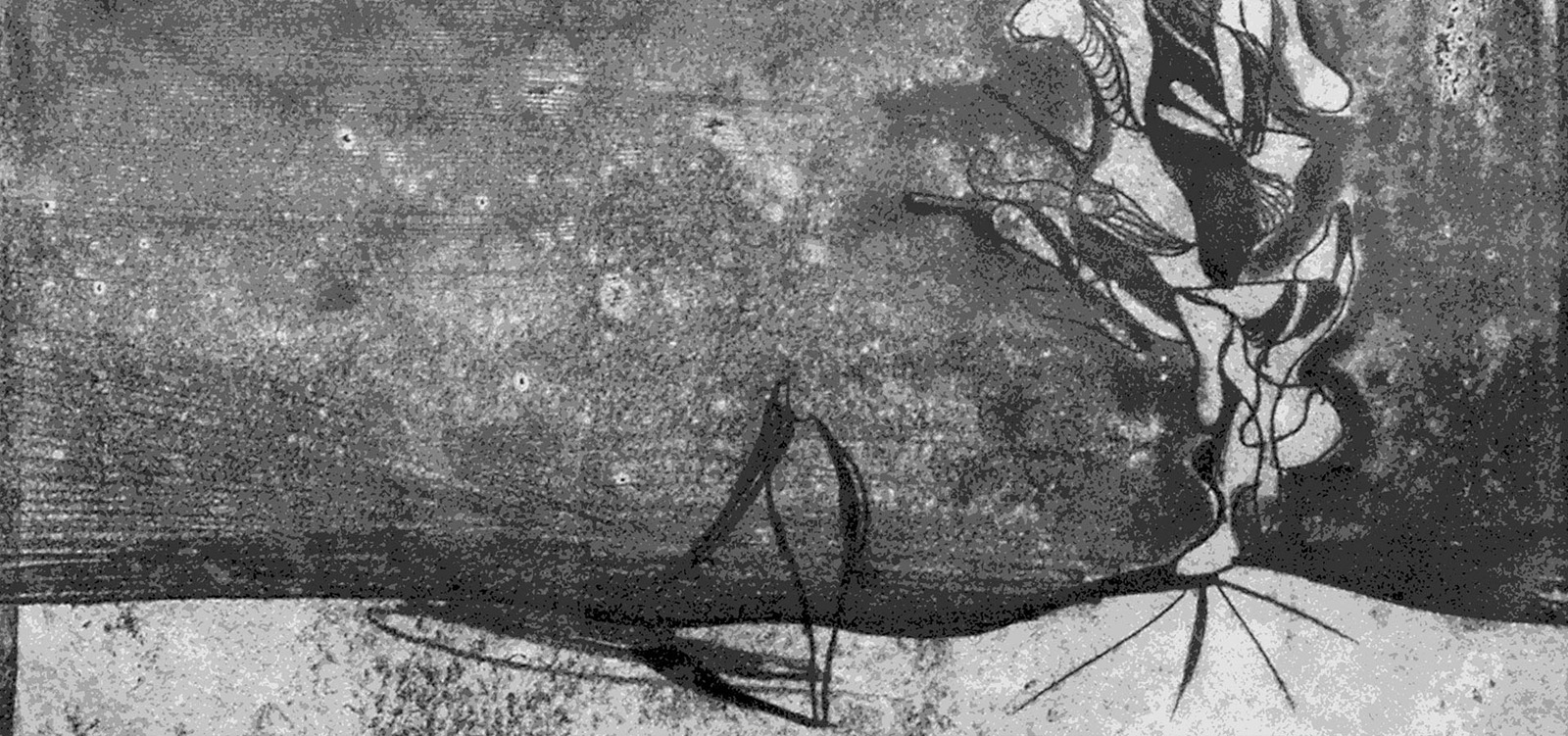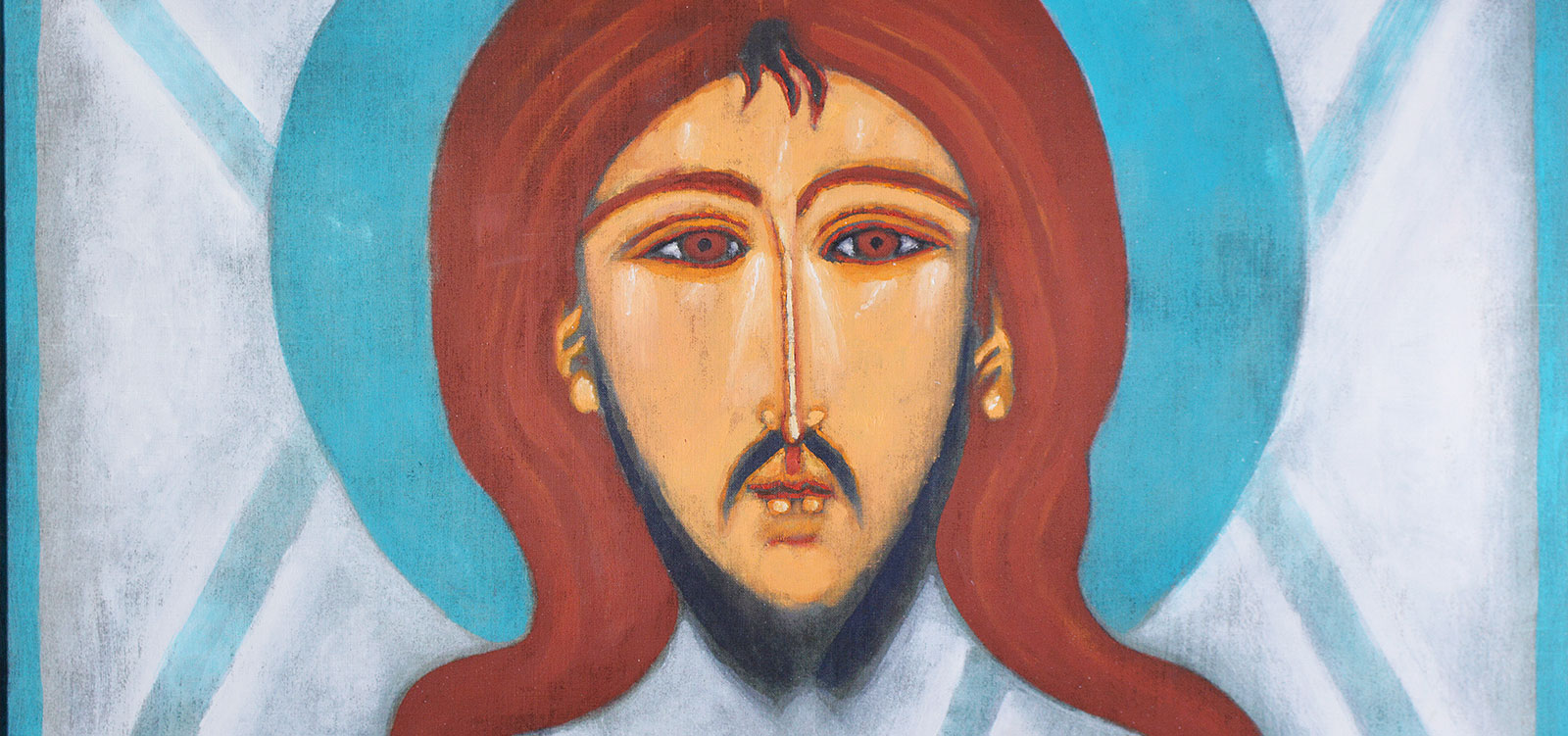
Investing in Art - The Art of Investing

We create art collections

Art Consulting

Arranging art collections

Cataloguing collections of works of art

Consevation of works of art


In this case of art the fixed traditional habits should be forgotten. Not the painting of Jerzy Świecimski should be considered but Jerzy Świecimski himself and his painting as the lens focusing all, very vast and sometimes diametrically distant elements of his rich individuality.
Because Jerzy Świecimski is an extraordinary person: he has graduated in biological sciences, which suggests both the interests in all variety of forms of life and the precise and systematic brain. Then, he attended the Academy of Fine Arts, which does not need any comments. In those years it was an extremely romantic decision. Simultaneously he has been dealing with humanities in their deepest, philosophical sense, including theoretical museology; he is a polyglot, speaking several languages and also a musician. During the Second World War he attended the school of music in Warsaw. Was not Vitruvius right, when he wrote two thousands years ago: „the Art cannot exist without understanding of music, because the Art itself is the music, it is a harmony in a visible form"?
But the Art is also a language of expression - precise as the speech and similarly appropriate for precise formulation of arguments, which on the other hand is also a domain of philosophy searching for generalizing syntheses.
So, in the art of this Author both knowledge and sensitivity or rather better: sensitivity and knowledge have fused together. Moreover also the discipline of thought, characteristic for philosophy and orderliness, typical for all sciences are involved. It is enough to paint the
faultless pictures, but too little to create the piece of art.
Luckily, the generous Nature has presented Jerzy Świecimski with talent, good taste and culture - undefinable features, difficult to express in words. Thanks to them, however his painting is alive, appealing, moving and convincing to its so subjective and emotional arguments.
Apparently the outsider and loner Świecimski is a worthy son of his time and place. He took from the Academy in Cracow the solid, postimpressionistic technique of painting, characteristic for this trend. That means - the recipe how to make a correct painting - or what is more precise - the faultless plane of painting, free of „holes" due to the balance of values and full of its own, intrinsic light, obtained by alternate laying the cold and warm colours.
Then, at the times of fighting avant-garde he was dealing with the structure of painting, it`s almost mathematical division. At his time abstraction and configure art", as transformation of reality was called, were a hit.
Thus, Świecimski abandoned the object, changing it into its far reaching synthesis, or other deformation, always hot and always expressing internal emotions, moods and associations.
And then a strange and very rare change in Jerzy Świecimski's art happened: he left the overcrowded track of the iconoclastic avant-garde, together with its slogan: „new is better",
to go back into historical past. To touch - more than ten years before the artists of so called Transavant-garde and Postmodernism - so emotional and essential tissue of the Dutch baroque. This art, which as may be the only one, was able to tell simultaneously about the joy
of life and death, about richness and nihilism.
Świecimski, of somewhat contradictious character, left, however, the Dutch motifs to paint city landscapes as impressions from many exclusively professional travels. In his museum
inquiry he has visited a good piece of world.
He began with monochromatic painting and „museum" gradations and „sauces" of „stimmung" painting of the previous century, proving that Goethe was right writing about „the Master in his limitations" and even more was right Picasso, saying that „real painting uses a small number of colours; the impression of their multiplicity may be gained by the proper location in the plane". In the case of Świecimski - it is a perfect handling light and shadow, which causes that the matter can be both dense and airy and at the same time substantial and transparent as the space touched with colour.
Then gradually and step by step his palette was brightening and enriching, and here and there were appearing red blushes to have flared up finally with the feerie of airy blue and rose colours in landscapes of Paris, a joyful confession that this city „had washed the eyes" of
this artist, similarly as so many others in a long ago and closer past.
The bright, exploding with colours palette of the Artist is only a record of his joyful mood, caused by the atmosphere of fa ville lumière. Świecimski is painting however his internal landscape, so his art is a form of intimate chronicle.
And this is the atmosphere of the authentic experience and its record that make of this art the phenomenon unusual in the landscape of our mercantilizing painting.
Jerzy Madeyski